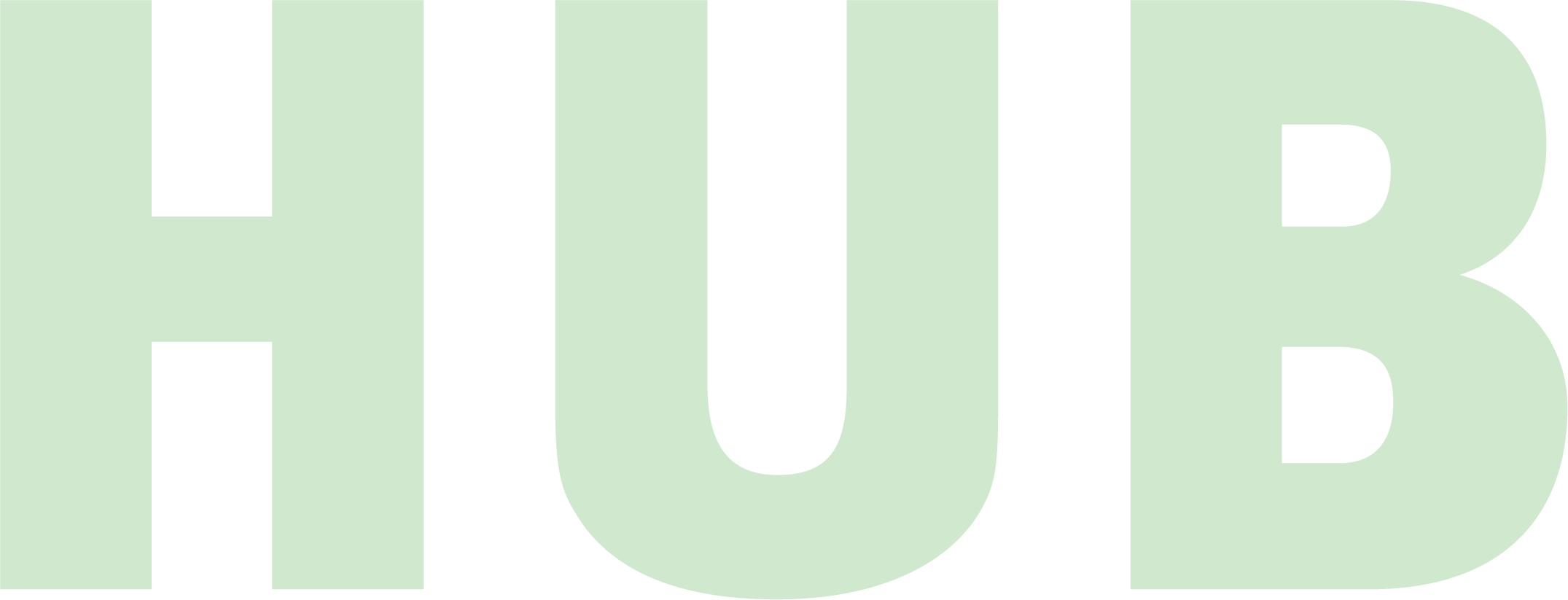Asset Mapping Downtown Ellsworth
Asset mapping is a vital tool for mobilizing and sustaining positive changes within a community. Having a way to visualize a community’s strengths and resources allows leaders to strategically assess how to build on these assets and address the needs of the community. For Ellsworth, we focused on defining and analyzing downtown as a place comprised of established assets - like businesses, community centers and organizations - and experiential elements that collectively define a particular atmosphere, feeling, or overall impression a visitor to downtown may have.
Project Approach
Developing the asset map meant doing on-the-ground experiential observation, analyzing data and maps, talking informally with stakeholders and business owners, hosting structured workshops with community members - including seniors and high schoolers - and regular collaborations with a core working team from Heart of Ellsworth and the City of Ellsworth.
We conducted this outreach to assess community, business owner, and stakeholder perception of Downtown Ellsworth, its biggest assets, most challenging problems, and what a long-term vision for the Downtown should be.
Using our findings as a foundational tool, we then developed an organizational approach to plotting and categorizing assets in a way that would be most helpful to Downtown Ellsworth as it navigates a strategy for future growth. This included a critical reframing of how we define and talk about Downtown Ellsworth. We then looked at the overlaps, absences, and potential of various assets throughout the Downtown to determine a series of recommendations and future vision.
This work included building out diagrams and drawings of data and designs, a set of maps showing the relationships between existing assets, and defining key strategic focuses based on the findings and desired future direction. This all came together in a 100+ page report that was highly visual and balanced quick overviews of key ideas with details and research to justify proposals and conclusions. The main sections of the report include:
Experiential Assets
Established Assets
Defining Downtown Districts
Rather than a singular downtown district, we may think of the varying experiences and qualities of a system of neighborhoods - each with their own assets, advantages, and challenges - that collectively contribute to a richer concept of Downtown.
Relational Mapping
While many assets can be geographically located and plotted on a map, some aspects of a community are less tangible, less map-able. These assets include how people feel in and about a place, how sentiments, emotions, and motivations interact with the physical environment to create a community or define a destination.
Movement Patterns
Engagement
Destination
Community
Big Ideas that embrace incremental change
Step 1
Make parklet a year-round destination and enliven Store Street with allée between City Hall and parklet
Add temporary public services
Step 2
Reinforce axis from Franklin to City Hall
Free Summer Concert in Downtown parklet
Step 3
Underground parking structure with park on top, in front of City Hall
The final map has already been used by the Downtown Association to ensure their involvement in the City’s new comprehensive plan, and it has been shared with Maine Downtown Center. It has also won the 2022 Downtown Project of the Year Award from Maine Downtown Center and the 2023 Maine Smart Growth Award from GrowSmart Maine.































